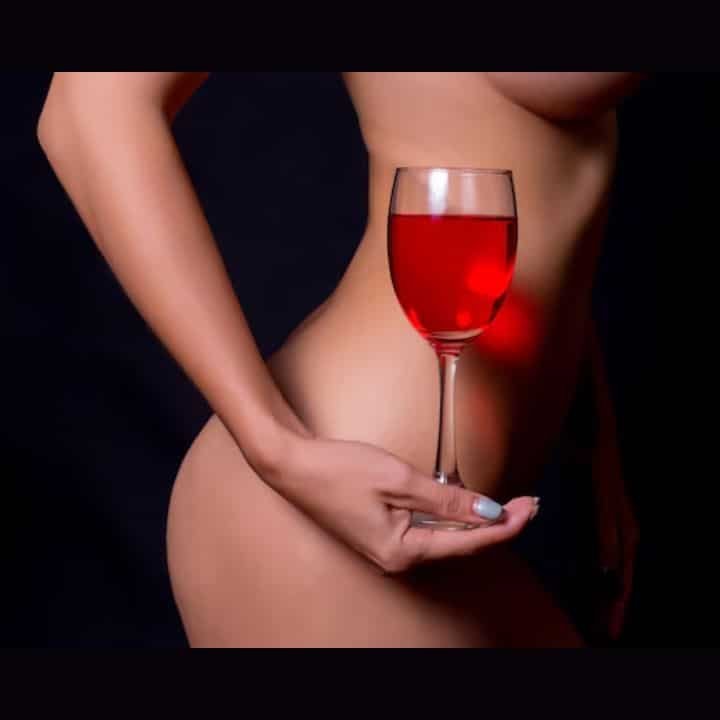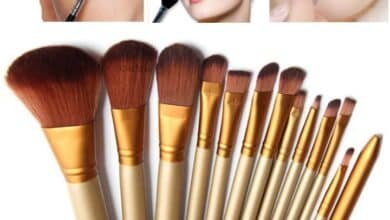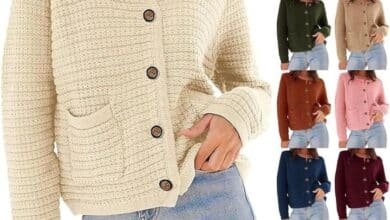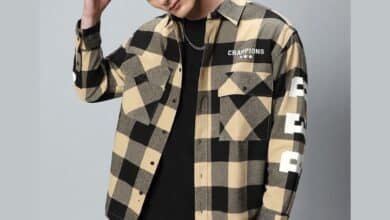
A wine glass is not just a vessel to hold your favorite drink; it is an essential part of the wine-drinking experience. The right wine glass can enhance the aroma, flavor, and overall enjoyment of wine, whether you are sipping a fine red, a crisp white, or a sparkling wine. With so many types and styles of wine glasses available, understanding their unique features and proper care is crucial. In this article, we’ll dive deep into the world of wine glasses, exploring their history, types, uses, and how to properly maintain them.
Table Of Contents
- The History of the Wine Glass
- Types of Wine Glasses
- How the Shape of a Wine Glass Affects the Wine
- Choosing the Right Wine Glass for Your Wine
- Wine Glass Materials
- How to Properly Care for Your Wine Glasses
- Table: Different Types of Wine Glasses
- Final Thoughts
The History of the Wine Glass
The history of the wine glass dates back to ancient civilizations. Early wine glasses were simple and often made of clay, wood, or metal. As glassblowing techniques advanced in ancient Rome, glass wine glasses began to appear, though they were typically reserved for the elite. By the 17th century, wine glasses had become more common in Europe, with specialized shapes designed for different types of wine.
The evolution of the wine glasses has continued over the centuries, influenced by factors like design trends, cultural preferences, and the understanding of wine’s aroma and flavor. Today, wine glasses are carefully crafted to enhance the wine-drinking experience, with different shapes suited to various types of wine.

Types of Wine Glasses
One of the key factors in choosing the right wine glass is its shape, which can influence the taste and aroma of the wine. Below are the main types of wine glasses:
Red Wine Glasses
Red wine glasses are characterized by a wider bowl. This design allows for more oxygenation, which enhances the flavors of full-bodied red wines like Cabernet Sauvignon, Merlot, and Shiraz. The larger bowl also allows the wine to “breathe,” releasing the wine’s complex aromas.
- Bordeaux Glass: With a tall bowl and broad base, the Bordeaux glass is perfect for full-bodied red wines.
- Burgundy Glass: The Burgundy glass has a wider, rounder bowl, designed to allow delicate wines like Pinot Noir to breathe and open up their bouquet.
White Wine Glasses
The smaller bowl preserves the crispness and acidity of white wines, which are usually lighter in body than reds. The narrow design helps concentrate the aromas and preserve the refreshing characteristics of wines like Chardonnay, Sauvignon Blanc, and Pinot Grigio.
- Chardonnay Glass: With a slightly wider bowl, the Chardonnay glass allows for the fuller body and rich aromas of white wines.
- Sauvignon Blanc Glass: This glass has a slimmer bowl, designed to maintain the wine’s acidity and crispness.
Sparkling Wine Glasses
Sparkling wines like Champagne and Prosecco are best served in glasses that help preserve the effervescence. The flute and coupe are the two most common types of glasses used for sparkling wine.
- Flute: The tall and narrow shape of the flute helps retain the bubbles and directs the aromas to the nose.
- Coupe: Once popular in the early 20th century, the coupe is a shallow, wide glass, which is not ideal for preserving bubbles but is sometimes used for its vintage appeal.
Dessert Wine Glasses
Dessert wines, such as Port or Sherry, are typically served in smaller glasses. These glasses are designed to enhance the sweetness and complexity of dessert wines, focusing on capturing the rich, sweet flavors.
- Port Glass: A smaller, more compact glass, perfect for enjoying the concentrated flavors of Port wine.
- Sherry Glass: Similar in shape to the Port glass, Sherry glasses are slightly taller and narrower.
Universal Wine Glass
If you prefer versatility over specialization, a universal wine glass is a great choice. While they don’t provide the same level of refinement as specialized glasses, they are an excellent option for everyday use.

How the Shape of a Wine Glass Affects the Wine
The shape of a wine glass is carefully designed to enhance the flavors and aromas of the wine it holds. Here’s how the shape impacts the wine experience:
- Bowl Size: A larger bowl allows the wine to swirl freely, allowing for greater exposure to air, which can help release the wine’s aromas. This is important for red wines that need more oxygenation to open up. Conversely, a smaller bowl helps preserve the freshness and acidity of white wines.
- Rim Design: Glasses with slightly inward-turned rims concentrate the aromas and direct the wine to the appropriate part of your tongue, enhancing the tasting experience.
- Stem vs. Stemless: Stemmed glasses are typically preferred because they allow you to hold the glass without warming the wine with your hand. However, stemless glasses have become popular for casual settings, offering a modern look and easier handling.
Choosing the Right Wine Glass for Your Wine
Red Wines: Opt for a glass with a large, round bowl that allows the wine to breathe and develop its aromas. A Bordeaux or Burgundy glass is ideal for red wines.
White Wines: For whites, choose a glass with a narrower bowl to preserve the crispness and acidity of the wine. Chardonnay glasses are perfect for full-bodied whites, while Sauvignon Blanc glasses work well for lighter wines.
Sparkling Wines: Use a flute for sparkling wines to keep the bubbles intact and direct the aroma to the nose. The narrow shape helps retain effervescence.
Dessert Wines: Smaller glasses are best for dessert wines, as they help concentrate the rich, sweet flavors and provide a more concentrated tasting experience.
Wine Glass Materials
Wine glasses are typically made from various materials, each offering unique benefits and characteristics. The most common materials include:
Glass
These are affordable, durable, and easy to maintain. However, some glass wine glasses may be prone to chipping or breaking over time.
Crystal
Crystal wine glasses are often thinner than glass, making them more elegant and enjoyable to drink from.
Glass with a Lead-Free Option
Lead-free glass provides a safer alternative to crystal glassware. It offers similar clarity and strength, without the health concerns associated with lead content.
How to Properly Care for Your Wine Glasses
To ensure your wine glass lasts for years and continues to enhance your wine-drinking experience, proper care is essential. Here are some tips for maintaining your wine glasses:
Washing
Hand wash your wine glasses with warm water and a gentle dish soap to avoid damaging the glass.
Storage
Store your wine glasses in a safe, dry location. Hanging them by the stems can prevent chips and damage.
Preventing Water Spots
To avoid water spots, dry your wine glasses with a lint-free cloth or microfiber towel. Water spots are more likely to form on crystal glasses, so it’s essential to be gentle when drying them.
Table: Different Types of Wine Glasses
| Wine Type | Glass Type | Description |
| Red Wine | Bordeaux/Burgundy Glass | Wide bowl to allow aeration and release of aromas |
| White Wine | Chardonnay/Sauvignon Blanc Glass | Narrower bowl to preserve acidity and crispness |
| Sparkling Wine | Flute/Coupe | Flute helps preserve bubbles, coupe for a vintage, stylish presentation |
| Dessert Wine | Port/Sherry Glass | Smaller glass to concentrate the sweet and rich flavors |
By using the correct wine glasses for each type of wine, you can significantly enhance the enjoyment and tasting experience. Proper care and maintenance will ensure your wine glasses last for years, keeping your wine-drinking experience as delightful as ever.
Final Thoughts
The right glass can elevate the flavor, aroma, and overall enjoyment of wine. Whether you’re a casual drinker or a wine connoisseur, understanding the different types of wine glasses, their materials, and proper care techniques is crucial for getting the most out of your wine. Choose the glass that best suits the type of wine you’re drinking, and enjoy the enhanced sensory experience that a carefully selected wine glasses offers.




